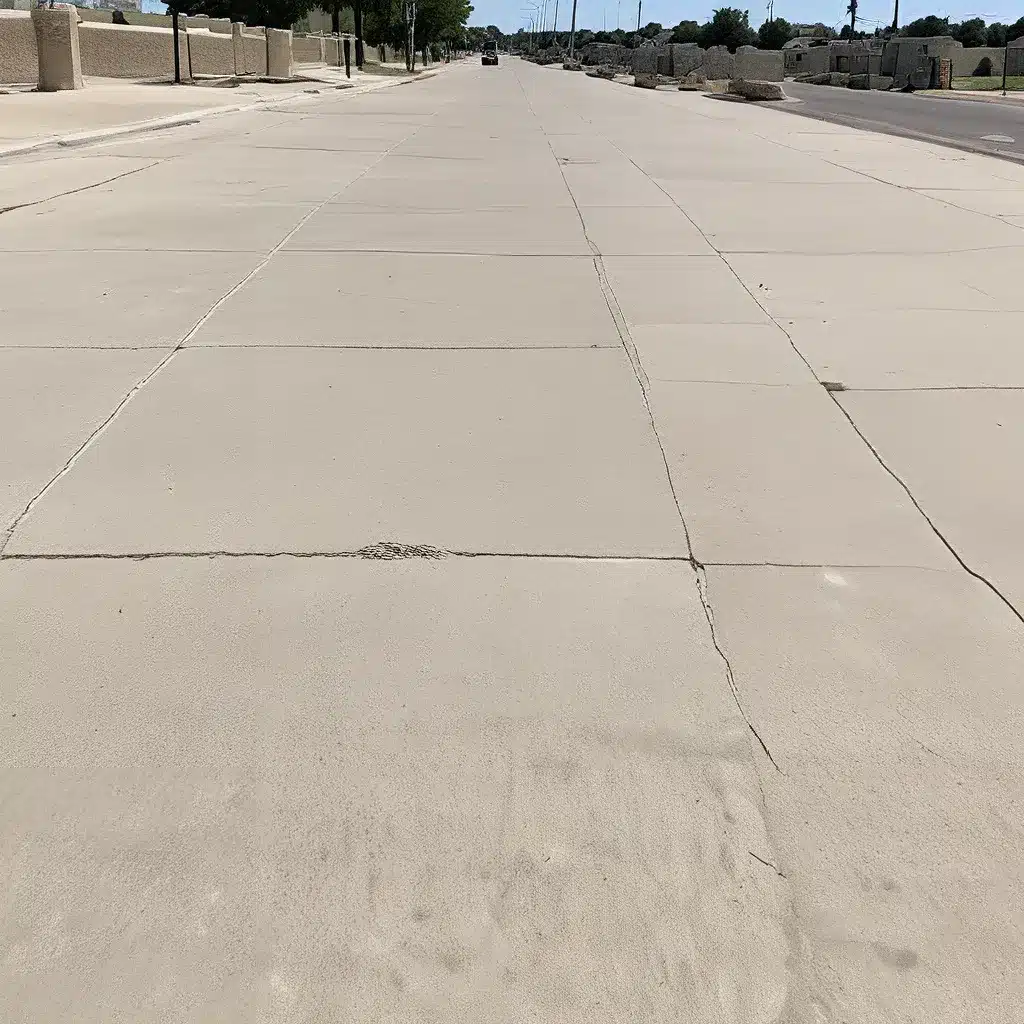
As a bustling Midwest metropolis, Kansas City takes great pride in its vibrant neighborhoods and thriving community. However, with the city’s aging infrastructure, one common issue that often plagues both residential and commercial properties is the need for concrete sidewalk repair. Ensuring the safety and accessibility of these walkways is not only a legal requirement but also a critical component of maintaining a pedestrian-friendly urban landscape.
The Importance of ADA-Compliant Sidewalks
The Americans with Disabilities Act (ADA) has established a set of guidelines to ensure that sidewalks are constructed to a specific standard, making them accessible for individuals with disabilities. If these guidelines are not followed, sidewalks can pose significant challenges and dangers for the blind, wheelchair users, and anyone relying on crutches or other mobility aids.
According to the ADA compliance guidelines, the minimum sidewalk width for accessibility is 36 inches (3 feet), although wider sidewalks of at least 60 inches (5 feet) are preferred. Additionally, the surface of the sidewalk must be firm, stable, and slip-resistant, with no cracks or uneven concrete slabs that could create trip hazards.
The most common ADA trip hazards occur at broken or lifted sidewalks, usually at joints or cracks. The ADA defines a trip hazard as any vertical change over 1/4 inch or more at any joint or crack. These hazards not only pose a risk to pedestrians but can also lead to significant legal liabilities for property owners.
Addressing Concrete Sidewalk Issues in Kansas City
In the Kansas City area, concrete sidewalk repair and maintenance is a pressing issue that affects both residential and commercial properties. As the city continues to grow and develop, ensuring safe and accessible walkways is a top priority for local authorities and community members alike.
Many neighborhoods in Kansas City struggle with incomplete or poorly maintained sidewalk systems, making it difficult and unsafe for children to walk or bike to school. Factors like unpredictable weather conditions, perceived threats from strangers, and busy roads have contributed to a decline in the number of students walking or cycling to school, even if their homes are just a few blocks away.
To address these challenges, the Safe Routes to School Program (SRTS) has been working to improve safe access to schools for pedestrians. The program emphasizes the importance of providing safe and efficient sidewalks that protect children and prevent accidents. Factors such as adequate road crossings, night lighting, and street signs are all crucial elements in designing a sidewalk system that encourages active transportation.
Concrete Sidewalk Repair Solutions
When it comes to repairing and maintaining concrete sidewalks in Kansas City, property owners have several options to consider. One of the most effective and efficient methods is the use of polyurethane foam concrete leveling, a technique employed by companies like Concrete Contractor Kansas City.
Polyurethane foam concrete leveling is a cost-effective and minimally invasive solution that can help eliminate trip hazards and bring non-compliant sidewalks up to ADA standards. This method involves injecting a specialized polyurethane foam beneath the concrete slab, which then expands and lifts the slab back into its proper position.
Compared to traditional concrete replacement methods, polyurethane foam concrete leveling offers several advantages:
- Faster installation: The process can be completed in a matter of hours, minimizing disruption to pedestrian traffic and nearby businesses.
- Lower cost: The cost of polyurethane foam leveling is typically much lower than the expense of completely replacing a concrete sidewalk.
- Durability: The polyurethane foam is highly resistant to moisture and weathering, ensuring long-lasting results.
- Accessibility: The leveled sidewalk surface meets ADA compliance standards, making it safe and accessible for all pedestrians.
Prioritizing Sidewalk Maintenance and Safety
In addition to concrete sidewalk repair, Kansas City is also taking proactive steps to ensure the overall safety and accessibility of its pedestrian infrastructure. The city’s Complete Streets Ordinance is a policy that requires all newly constructed or reconstructed streets to accommodate the needs of pedestrians, cyclists, and public transit users, in addition to motor vehicles.
This approach to urban planning and infrastructure development helps create a more inclusive and sustainable transportation network, where all users can safely and conveniently navigate the city. By prioritizing the needs of pedestrians, the Complete Streets Ordinance helps to ensure that Kansas City’s sidewalks remain in good condition and accessible to everyone, regardless of their mobility needs.
Conclusion: Investing in Concrete Sidewalk Repair for a Safer Kansas City
Maintaining the safety and accessibility of concrete sidewalks in Kansas City is not only a legal requirement but also a vital component of creating a livable, pedestrian-friendly urban environment. By addressing issues such as trip hazards, uneven surfaces, and non-compliant widths, property owners and local authorities can ensure that the city’s walkways are safe, durable, and welcoming for all residents and visitors.
Through the use of innovative repair techniques, like polyurethane foam concrete leveling, and the implementation of forward-thinking policies, like the Complete Streets Ordinance, Kansas City is taking proactive steps to prioritize the needs of pedestrians and improve the overall quality of its infrastructure. By investing in the maintenance and repair of concrete sidewalks, the city can continue to build a vibrant, inclusive, and accessible community for years to come.

